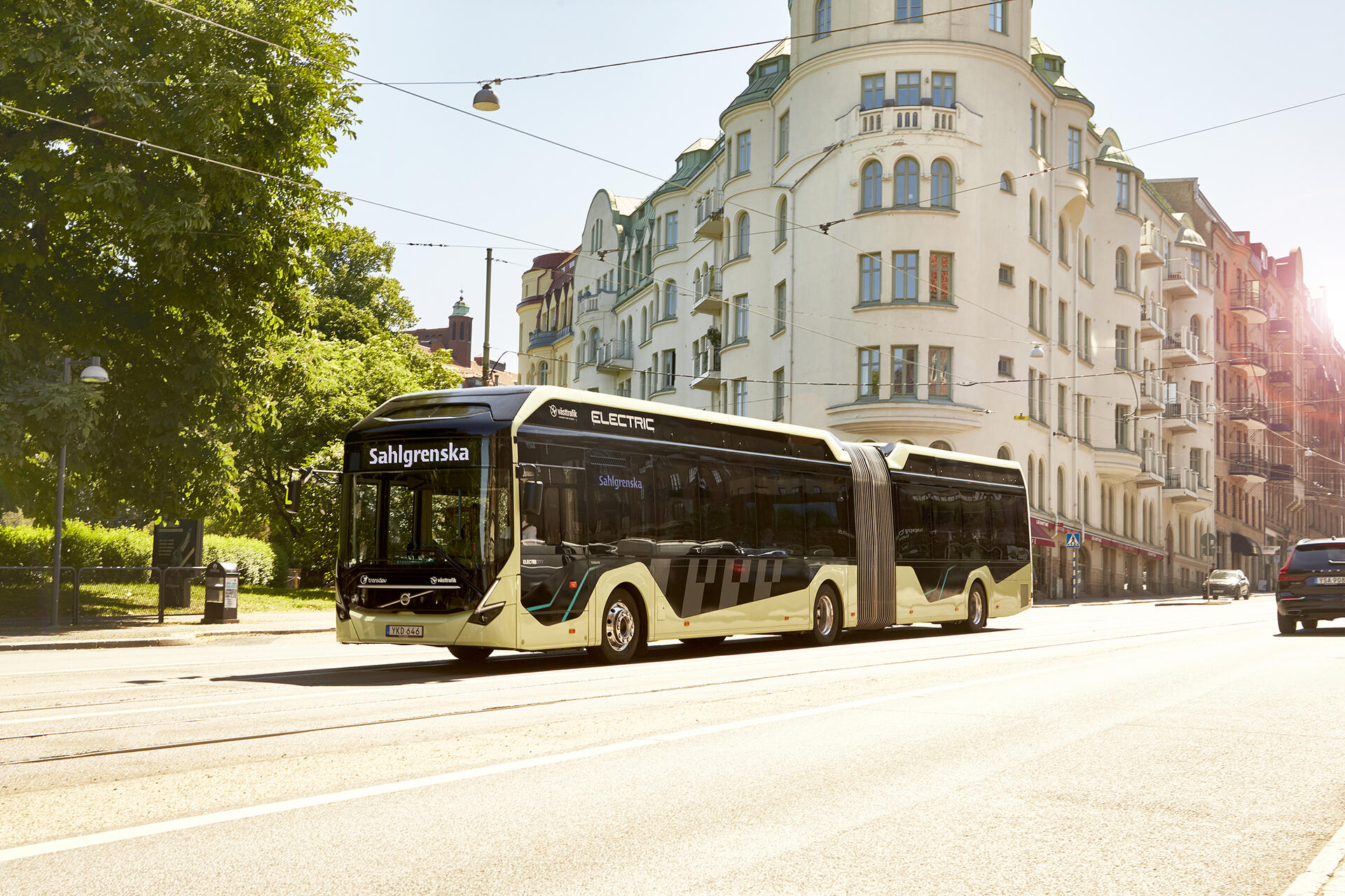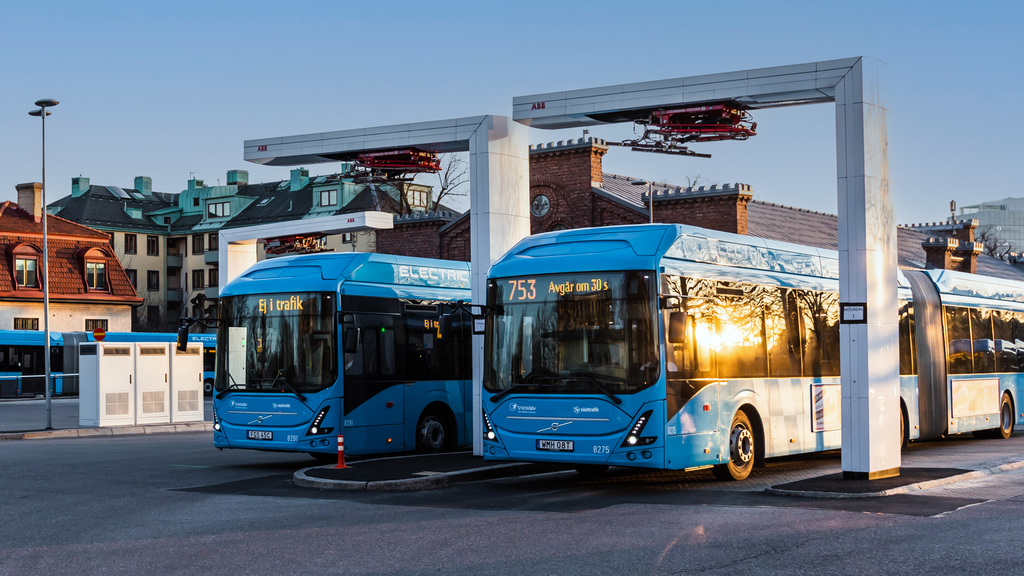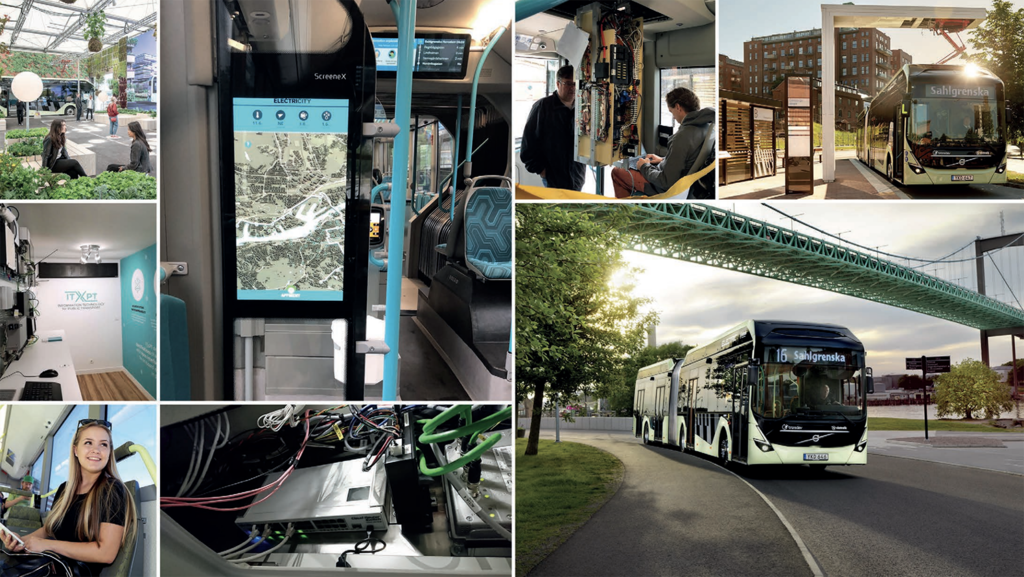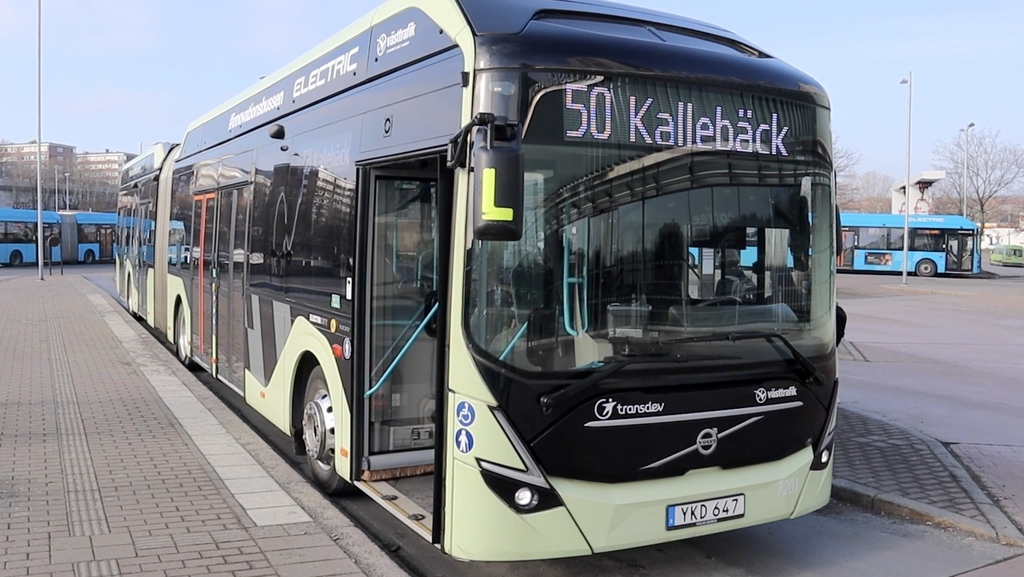Public transport - Tests for sustainable and attractive city transports
Electrified bus traffic was the common ground for the partners when the ElectriCity collaboration started in 2015. Since then, our partners have taken big steps towards electrified public transport in the Gothenburg region. Routes 55 and EL16 were for several years a cornerstone of ElectriCity and enabled an acceleration of the electrification efforts and tests of several other solutions that can make public transport even better to be tested.

In 2013, the first step was taken to jointly start testing the necessary technology to electrify bus traffic in the Gothenburg area. To gather the most important actors, ElectriCity was created as a collaboration platform. In June 2015, the first electric buses rolled out on route 55 and a couple of years later the demonstration arena was supplemented with electric articulated buses on the heavily trafficked route 16.
Since the start of the collaboration, several actors have been added and a number of tests have been carried out to develop the technology needed to scale up electrified bus traffic in the city. New technologies and solutions linked to the advantages of the quieter, emission-free and connected electric buses have also been tested and demonstrated, such as a new, smoother steering and solutions for, among other things, geofencing.
Some of the key results from route 55 and EL16 are:
- Findings that have provided a good basis for one of Europe's largest procurements and launches of electric buses in the Gothenburg area, which will now have the largest fleet of such vehicles in the Nordics
- Successful testing of new all-electric high-capacity buses on route 16.
- Fast charging stations with high output for high-capacity routes, which worked when scaling up
- Innovative bus stops adapted to the quieter and cleaner electric drive, both indoors and outdoors.
- Satisfied travelers – 98 percent of travelers on line 55 are satisfied
- Satisfied drivers, partly thanks to the quieter working environment with less vibration, partly thanks to tests of Volvo's proprietary control system which reduced pain-related complaints
- Functional geofencing for routes 55 and EL16 where the electric powertrain as well as speed and safety functions related to roadworks and cyclists have been successfully tested
- A digital platform where early ideas for services and products for public transport have been developed.
- A working collaboration model that is now being applied to future work at construction sites and marine
The advantages that electrified buses brings to cities are many. An electric articulated bus reduces carbon dioxide emissions by approximately 100 tons per bus per year, reduces energy consumption by 80 percent compared to diesel buses, contributes to cleaner air, less noise and better health for those who live along electric bus routes. Overall, it helps cities and regions achieve climate goals and opens the door to a new spatial planning where the quieter, cleaner and safer buses do not need as much space.
Innovative solutions for buses and public transport continue to be developed by ElectriCity through various initiatives. Read more about them below.
Projects
DREEMER
Bus-as-a-Service (BaaS)
Testbed Bus
Awards
ElectriCity has attracted great interest in Sweden and internationally. ElectriCity and route 55 have had more than 10,000 visitors and have received four awards:
- UITP Awards 2017
- Euro-China Green & Smart City Award, CINEV 2016
- CIVITAS Awards 2016
- European Solar Prize in 2015




